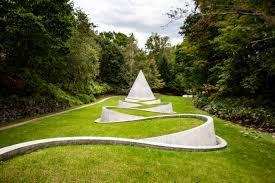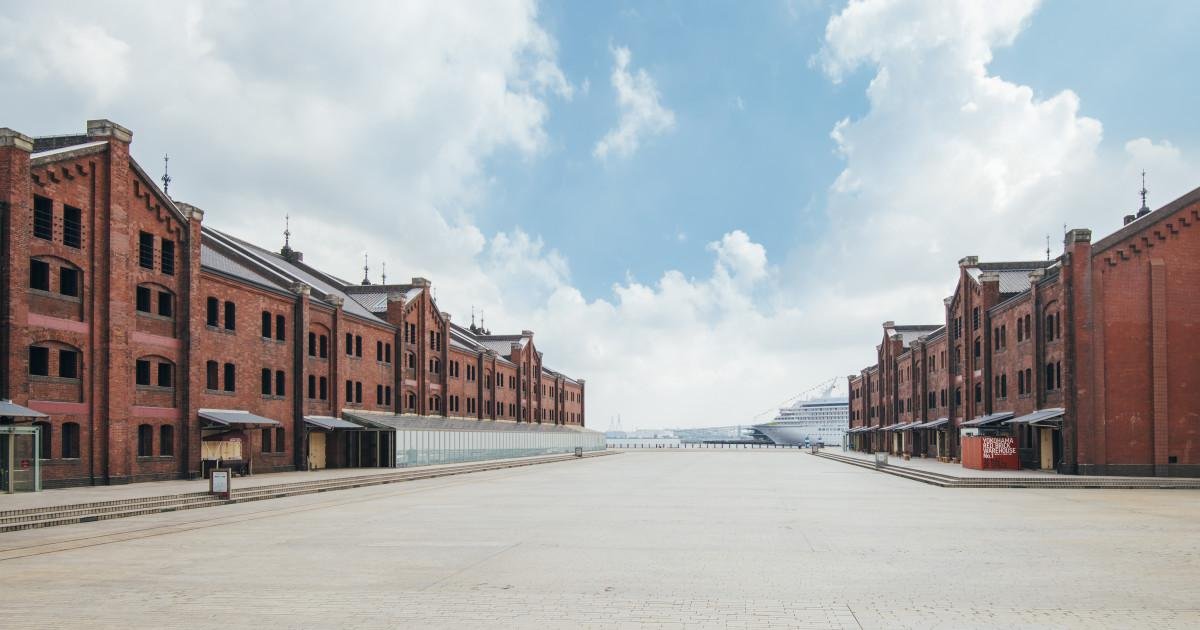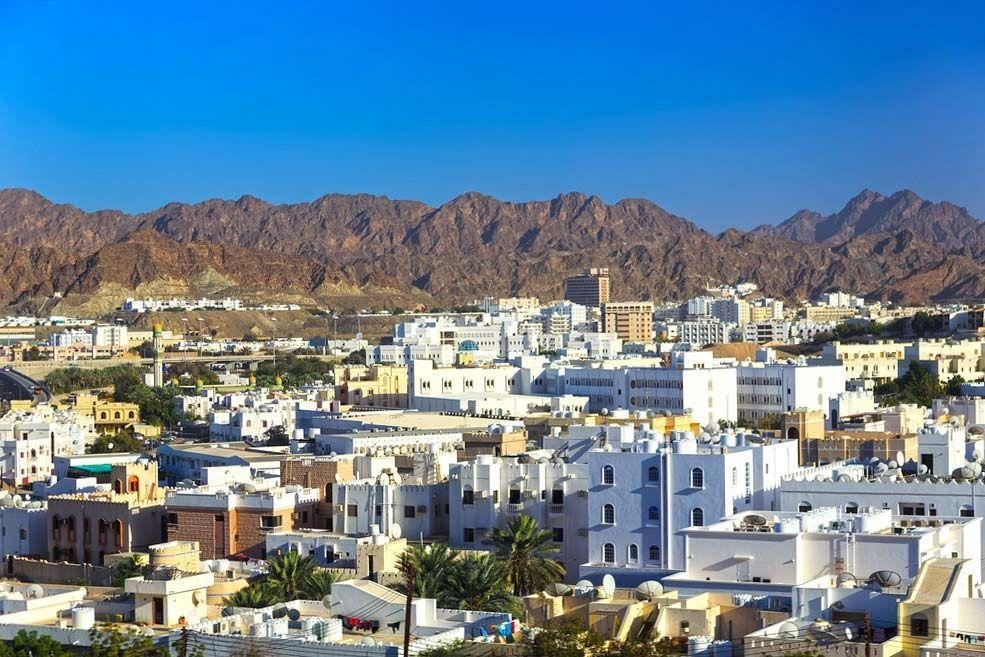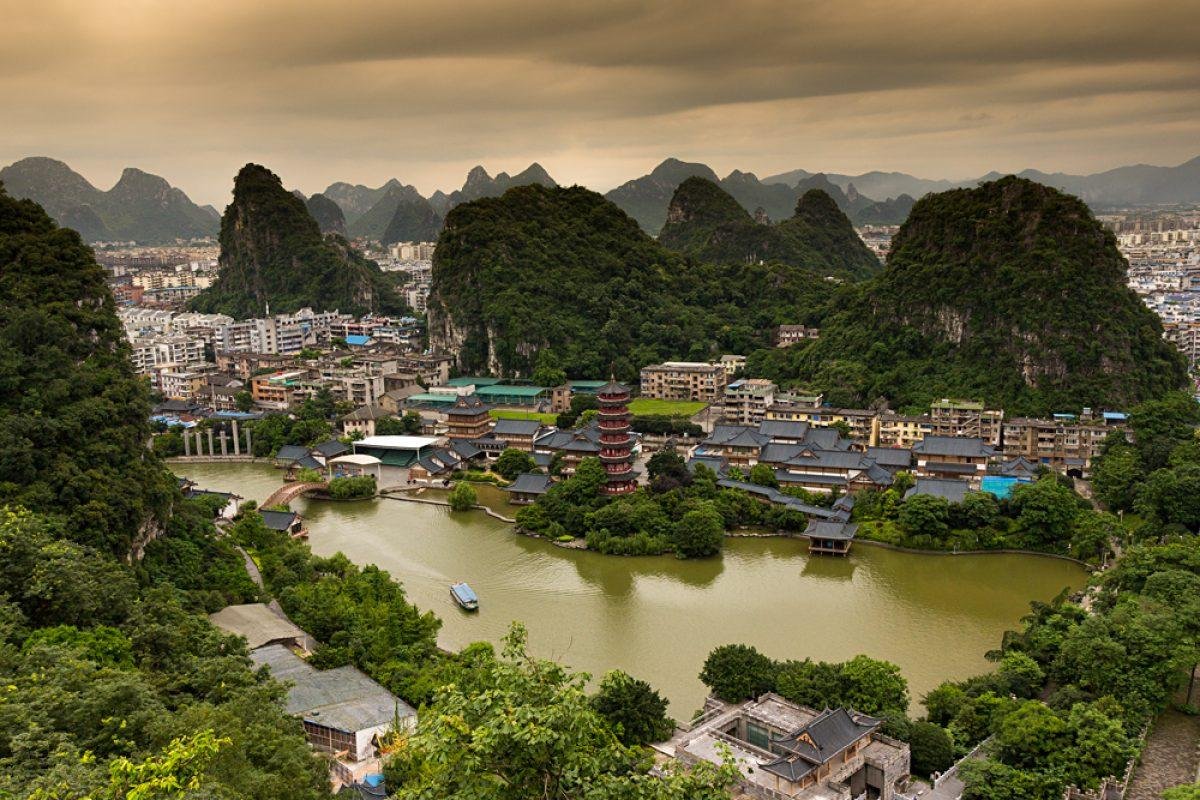Muscat, the capital city of Oman, is a captivating blend of traditional Arabian architecture and modern design, reflecti...
The Architectural Charm of Sapporo, Japan

Sapporo, the capital of Hokkaido, Japan's northernmost island, is renowned for its unique blend of architectural styles that reflect its rich history and cultural influences. Founded in 1868, Sapporo's rapid development transformed it into a vibrant city, showcasing both traditional Japanese architecture and Western designs.
One of the city's most iconic structures is the Sapporo Clock Tower (Tokeidai), completed in 1878. This wooden building, with its classic Western-style architecture, features a prominent clock and serves as a symbol of Sapporo’s development during the Meiji era. The Clock Tower is a popular tourist attraction and a reminder of the city's early modernization efforts.

Another architectural gem is the Former Hokkaido Government Office (Akarenga), built in 1888. This red-brick building, influenced by Renaissance Revival architecture, boasts beautiful gardens and a stunning interior. The building now houses a museum and serves as a venue for various cultural events, showcasing Sapporo's historical significance.
Sapporo's urban landscape is also characterized by its modern skyscrapers, such as the Sapporo JR Tower, which offers breathtaking views of the city from its observation deck. Completed in 2003, this 38-story building features a sleek design that contrasts with the city's historical architecture. The JR Tower is not only a commercial hub but also a symbol of Sapporo's growth and modernization.
The city is home to several beautiful parks, including Odori Park, which stretches over 1.5 kilometers through the city center. This park is lined with sculptures, fountains, and seasonal flower displays, providing a serene escape from the urban environment. The park’s design integrates nature with the surrounding architecture, creating a harmonious atmosphere for residents and visitors alike.

Sapporo is also known for its vibrant arts scene, with several theaters and galleries showcasing contemporary architecture. The Sapporo Art Park, designed by renowned architect Tadao Ando, features a modern and minimalist design that harmonizes with the natural landscape. The park is home to various art installations and exhibitions, making it a cultural hub for the city.
The city's historical district, known as the Sapporo Factory, is a prime example of adaptive reuse in architecture. This former brewery complex has been transformed into a shopping and entertainment center while preserving the original brick buildings. The site’s architecture reflects Sapporo’s industrial past, blending history with modern retail experiences.
Sapporo's cultural diversity is also evident in its various religious buildings. The Sapporo TV Tower, located at the eastern end of Odori Park, is another iconic structure. Completed in 1957, this tower stands at 147 meters tall and features a unique design that resembles a futuristic structure. It offers panoramic views of the city and is a popular spot for tourists and locals alike.
The Hokkaido Shrine, located in Maruyama Park, is a beautiful example of Shinto architecture. Surrounded by lush forests, this shrine is dedicated to the spirits of Hokkaido’s early settlers. The serene atmosphere and traditional wooden structures provide visitors with a glimpse into Japan's spiritual heritage.
Additionally, Sapporo hosts several annual festivals that highlight the city’s architectural beauty. The Sapporo Snow Festival, held every February, transforms the city into a winter wonderland with magnificent ice sculptures and snow-covered buildings. The festival attracts thousands of visitors and showcases the creativity and craftsmanship of the artists involved.
The culinary scene in Sapporo is also intertwined with its architectural identity. Many restaurants and cafes are housed in beautifully designed buildings, offering diners a unique atmosphere to enjoy Hokkaido's famous dishes, including fresh seafood and ramen. The combination of architecture and cuisine creates a memorable dining experience for visitors.
As Sapporo continues to evolve, urban regeneration projects aim to revitalize neglected areas while preserving the city’s architectural heritage. Efforts to enhance walkability, promote public transportation, and integrate modern design with historical context reflect Sapporo’s commitment to sustainable urban development. These initiatives ensure that Sapporo remains a vibrant and livable city, balancing its rich history with contemporary needs.

The architectural essence of Sapporo is also reflected in its numerous monuments and memorials. The Akarenga, or “Red Brick” building, serves as a reminder of the city’s early development and prosperity. This historic site encourages reflection on Sapporo's journey and the resilience of its people throughout the years.
In conclusion, Sapporo is a city where architecture serves as a reflection of its rich history, cultural diversity, and aspirations for the future. The harmonious blend of traditional Japanese structures, Western influences, and modern designs creates a captivating urban environment that enchants all who visit. Whether exploring the grandeur of the Former Hokkaido Government Office, admiring the beauty of the Sapporo Clock Tower, or enjoying the artistic vibrancy of the Sapporo Art Park, visitors to Sapporo are sure to be inspired by the city’s architectural charm and cultural depth.
The seamless integration of tradition and modernity ensures that Sapporo remains a vibrant and livable city, celebrating its past while looking toward the future. With its unique architectural essence, Sapporo invites all to explore its captivating urban landscape and experience the rich stories that each building has to tell. The city's architecture not only reflects its glorious past but also shapes its vibrant present and promising future, making it a true gem of Japan.
Sapporo’s architectural journey is a testament to the city’s resilience and adaptability, highlighting its ability to embrace change while honoring its historical roots. From its historic buildings to modern skyscrapers and cultural institutions, Sapporo stands as a vibrant example of how architecture can embody the spirit of a place and its people, creating a dynamic urban environment that reflects the city’s rich and diverse heritage. The city’s commitment to preserving its architectural legacy while embracing innovation ensures that Sapporo will continue to thrive as a cultural and architectural destination for generations to come.
Share:




